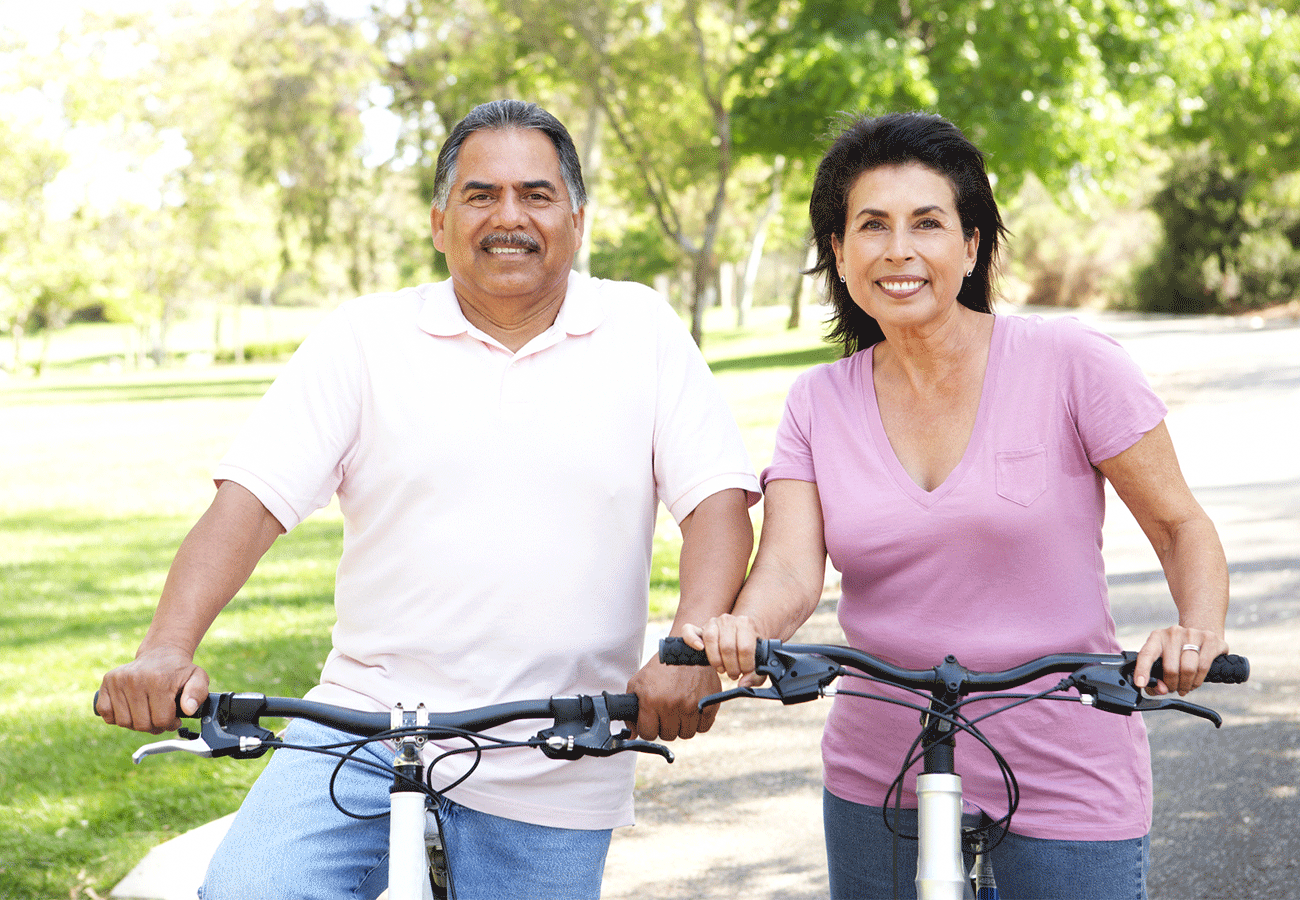Heat illness is a common and potentially deadly condition that affects individuals who participate in sports and exercise in hot and humid environments such as what we experience here in Georgia.
During exercise there is large amounts of heat produced and the body reacts by turning on its’ built-in mechanisms to cool off.
One of the most effective ways the body can cool itself is by sweating. When sweat that collects on the skin evaporates, this evaporation cools the skin. If a person loses too much fluid during exercise, they may become dehydrated. Once the body becomes dehydrated, there may not be enough sweat produced to be able to cool off the body. Sometimes the humidity may be too high to allow evaporation of the sweat from the skin.
Another way the body gets rid of excess heat is by circulating blood near the skin. This allows heat to be released from the body. However, when the air temperature is similar the body’s temperature, heat will not be released from the body to the environment.
If the body’s temperature continues to increase, symptoms of heat illness may appear. The three forms of heat illness are heat cramps, heat exhaustion, and heat stroke.
In heat cramps, there is sudden onset of severe pain and cramping in the large muscles. Heat cramps most commonly affect the calf muscles, especially during running activities. In racquet sports, cramps may affect the arms.
With continued exercise in the heat, water and salt is lost by the body. This may lead to dehydration which puts the person at risk of developing heat exhaustion. Symptoms of heat exhaustion are profuse sweating, fatigue, dizziness, weakness, nausea, vomiting, and headache.
Heat stroke is the most serious form of heat illness. This occurs if the body temperature rises above 104. Findings in heat stroke are like heat exhaustion except there is a decrease in sweating in heat illness since the body does not have enough fluid to sweat. Another difference is that in heat stroke there is often mental disturbances such as confusion, erratic behavior, seizures, passing out, and eventually coma.
Heat cramps are treated by drinking fluids as well as massaging and stretching the affected muscles.
Treatment of heat exhaustion and heat stroke includes removing the individual from the hot environment, cooling them off, and giving them fluids.
In early or mild heat exhaustion, the individual should drink lots of fluids, either water or a sports drink.
One of the best methods to cool the person is to place them in an ice bath. An easy way to create an ice bath is by filling up a small wading pool with ice and water.
If a person with heat illness is unable to drink, they should be given intravenous fluids.
Individuals with heat stroke should be taken to an emergency room immediately. They are at high risk for developing internal organ damage.
It is very important to take steps to prevent heat illness. Here are some guidelines to follow.
- Make sure your body has been acclimated or has become adjusted to exercise in the heat by starting to exercise in the heat a little at a time and building up over the several weeks before the season starts.
- Avoid strenuous exercise outside when the heat and humidity is very high.
- Avoid exercise if you have had a recent illness, especially if there were symptoms such as diarrhea, vomiting, or fever.
- Wear cool, light – colored clothing during activity.
- Make sure you are well hydrated before each exercise session, and don’t exercise in the heat if you are thirsty.
- Try to exercise during the cooler times of the day and try to be in the shade during activity.
- During exercise, drink about 4-6 ounces every 15 minutes.
- Cool water is adequate for exercise lasting less than one hour. For longer sessions, drink fluids that contain carbohydrates and electrolytes such as sports drinks.
- Avoid drinking fluids that contain alcohol or caffeine, which may cause the body to lose more fluid through urination.
- Stop exercising immediately if you start to feel weak, overheated, or ill.
Schedule An Appointment
For questions, more information or to schedule an appointment, please contact NGPG Orthopedic Surgery & Sports Medicine.
About NGPG Sports Medicine
NGPG’s Sports Medicine Team consists of board-certified physicians offering more than 20 years of sports medicine experience treating patients of all ages. Specialized in treating sports-related injuries, our team is dedicated to helping athletes return to the big game and the active lifestyle they know and love.



